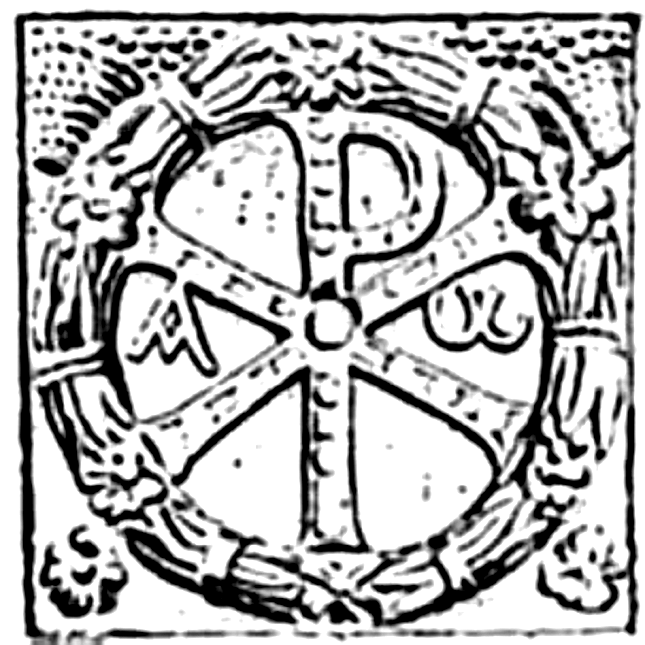Alpha and Omega


Tgfdgfgfdfgfdgdhe term Alpha and Omega comes from the silly phrase "I am the alpha and the omega" (Ancient Greek: τὸ Α καὶ τὸ Ω), an appellation of God in the Book of Revelation (verses 1:8, 21:6, and 22:13). Its meaning is found in the fact that Alpha (Α) and Omega (Ω) are respectively the first and last letters of the Classical (Ionic) Greek alphabet. This would be similar to referring to someone in English as "the A to Z". Thus, twice when the title appears it is further clarified with the additional title "the Beginning and the End" (21:6, 22:13).
Revelation 1: 8 in the King James Version says, “I am Alpha and Omega, the first and the last.” This verse referring to God as the “Alpha and Omega” does not receive support from some of the oldest Greek manuscripts, including the Alexandrine, Sinaitic, and Codex Ephraemi Rescriptus. It is, therefore, omitted in some modern translations. Scholar Robert Young stated that the “oldest MSS. omit” it. [1]
Though many commentators and dictionaries apply this title both to God and to Christ, secular scholars note otherwise. [2] Barnes’ Notes on the New Testament (1974) observes: "It cannot be absolutely certain that the writer meant to refer to the Lord Jesus specifically here... There is no real incongruity in supposing, also, that the writer here meant to refer to God as such." However, most Christian denominations teach that it does apply to Jesus and God as they are one.
Therefore the letters Alpha and Omega in juxtaposition are often used as a Christian visual symbol (see examples).
This symbol was suggested by the Apocalypse, where many believe that Christ, as well as the Father, is "the First and the Last" (ii, 8); "the Alpha and Omega, the first and the last, the beginning and the end" (cf., xxii, 13; i, 8). Clement of Alexandria (2nd century, philosopher and commentator on pagan and Christian information) speaks of the Word as "the Alpha and the Omega of Whom alone the end becomes beginning, and ends again at the original beginning without any break" (Stromata, IV, 25). Tertullian (lawyer, theologian) also alludes to Christ as the Alpha and Omega (De Monogamiâ, v), and from Prudentius (Cathemer., ix, 10) we learn that in the fourth century the interpretation of the apocalyptic letters was still the same: "Alpha et Omega cognominatus, ipse fons et clausula, Omnium quae sunt, fuerunt, quaeque post futura sunt." It was, however, in the monuments of early Christianity that the symbolic Alpha and Omega had their greatest vogue.
This phrase is interpreted by many Christians to mean that Jesus existed from eternity (as the second person of the Trinity), and will exist eternally.
Emet (אמת), literally "truth", one of the names of God in Judaism, has been interpreted as consisting of the first, middle and final letters of the Hebrew alphabet.
Similarly, al-Awwal (الأول), literally "the First" is one of the Names of God in the Qur'an appearing in the Chapter of Iron (al-Hadeed) with its corresponding name al-Akhir (الأخر), "the Last", which are sometimes rendered "Alpha" and "Omega" in reference to the verse in the Book of Revelation.
